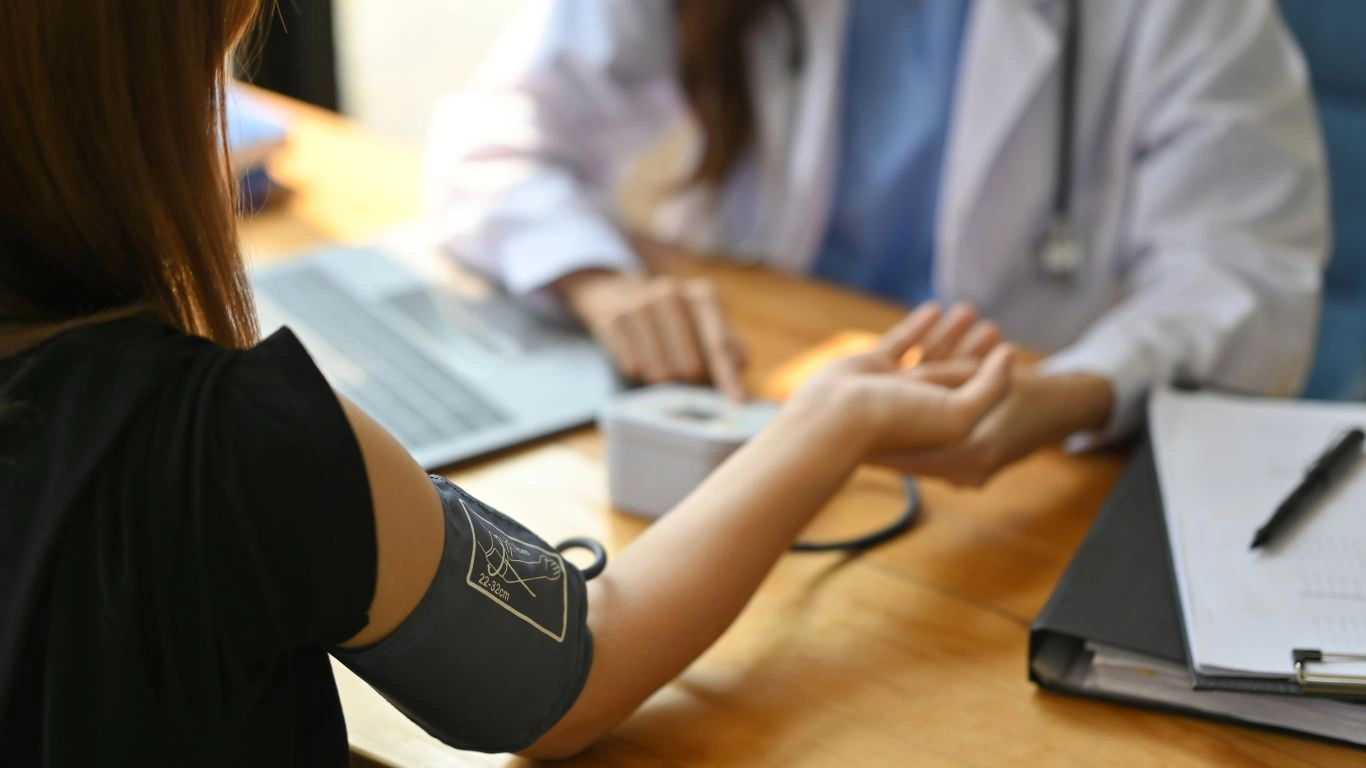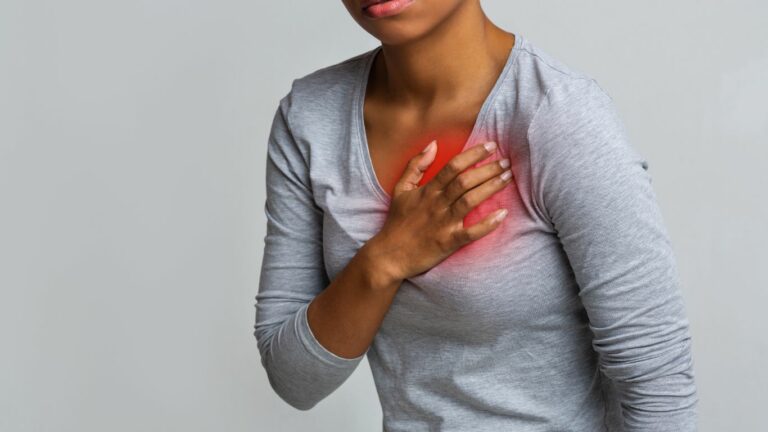Early Warning Signs of Stage One Hypertension to Watch For
Stage one hypertension, also called high blood pressure, is when your blood pressure readings consistently fall between 130–139 mm Hg systolic or 80–89 mm Hg diastolic. It may not cause symptoms right away, but it’s a warning sign that your heart and blood vessels are under extra strain. Catching it early can help you prevent more serious health issues down the road, like heart disease, stroke, or kidney damage.
Understanding Blood Pressure and Your Body
Blood pressure is the force of blood pushing against the walls of your arteries as your heart pumps. It’s measured with two numbers: systolic (top number) and diastolic (bottom number). Systolic is how much pressure your blood exerts when your heart beats. Diastolic is the pressure when your heart is resting between beats.
Normal blood pressure is usually under 120/80 mm Hg. Stage one hypertension means your readings are slightly above that—but not high enough to be classified as stage two or a hypertensive crisis. Even though it’s “just stage one,” it still puts extra stress on your heart and blood vessels.
Understanding these numbers helps you take control of your health. Even small increases in blood pressure can raise your risk over time.
How Blood Pressure Works
Your circulatory system is like a plumbing network. The heart is the pump, and the arteries are the pipes. When your heart pumps blood, it needs to push hard enough to circulate it through all parts of your body. But if the pressure stays too high for too long, it can damage your artery walls and organs.
Think of it like overinflating a garden hose. Eventually, the hose may weaken or burst. Similarly, high blood pressure can lead to tears or stiffening in your arteries, increasing your chances of developing clots, heart attacks, or strokes.
Stage one hypertension is an early warning sign that your “pump and pipes” need attention.
Common Symptoms of Stage One Hypertension
Most people with stage one hypertension don’t feel any different. That’s why high blood pressure is sometimes called the “silent killer.” But in some cases, people do notice signs, especially when their numbers fluctuate or spike.
Here are symptoms some people might experience:
- Headaches – Often felt at the back of the head, especially in the morning.
- Dizziness or lightheadedness – Feeling faint can happen with sudden changes in pressure.
- Blurred vision – Your eyes are sensitive to pressure changes, and vision can be affected.
- Fatigue or confusion – Your brain may not get enough steady blood flow.
- Shortness of breath – Especially noticeable during activity.
- Chest discomfort – Not always pain, but a tight or pressured feeling.
- Ringing in the ears (tinnitus) – May occur if blood pressure spikes suddenly.
- Irregular heartbeat – Some people notice palpitations or fluttering sensations.
Keep in mind, these symptoms are not always due to high blood pressure alone. Many can overlap with other health issues. That’s why checking your blood pressure regularly is so important.
If you notice any of these symptoms often, it’s worth discussing them with your healthcare provider.
Possible Causes of Stage One Hypertension
There are many reasons why blood pressure might rise over time. Sometimes it’s related to lifestyle choices, and sometimes it’s tied to other health conditions.
Here are common causes:
- Unhealthy diet – Too much salt, processed foods, or low potassium intake can raise pressure.
- Lack of physical activity – A sedentary lifestyle weakens your heart over time.
- Excess weight – More body fat makes your heart work harder to pump blood.
- Stress – Chronic stress can increase your heart rate and pressure levels.
- Smoking – Damages blood vessels and raises pressure temporarily and over time.
- Alcohol – Heavy drinking can affect the balance of hormones and blood flow.
- Genetics – A family history of high blood pressure increases your risk.
- Medical conditions – Diabetes, kidney disease, or hormonal disorders can contribute.
Making small lifestyle changes can often lower your blood pressure and keep it in a healthier range. Your doctor can help you figure out the best steps based on your personal risk factors.
When to Seek Help
If you’ve been told your blood pressure is in the stage one range, it doesn’t mean something terrible is about to happen—but it does mean it’s time to take action. Regular monitoring and early changes can go a long way toward keeping you healthy.
You should talk to a healthcare provider if:
- You consistently get readings between 130–139/80–89 mm Hg.
- You notice any of the symptoms listed above, especially if they come and go.
- You have other health risks like diabetes, high cholesterol, or a family history of heart problems.
- Your blood pressure rises quickly or reaches 140/90 mm Hg or higher.
Most of the time, stage one hypertension can be managed with healthy habits and, in some cases, medication. The sooner you start, the easier it is to control.
Don’t wait for symptoms to get worse—catching stage one hypertension early gives you the best chance to prevent more serious problems later. A quick check at your local pharmacy or clinic can give you peace of mind.
If you’re unsure where to start, your primary care doctor can guide you on monitoring your blood pressure, making lifestyle changes, and deciding whether you need further testing or treatment.

Dr. Gwenna Aazee is a board-certified Internal Medicine Physician with a special focus on hypertension management, chronic disease prevention, and patient education. With years of experience in both clinical practice and medical writing, she’s passionate about turning evidence-based medicine into accessible, actionable advice. Through her work at Healthusias.com, Dr. Aazee empowers readers to take charge of their health with confidence and clarity. Off the clock, she enjoys deep dives into nutrition research, long walks with her rescue pup, and simplifying medical jargon one article at a time.






